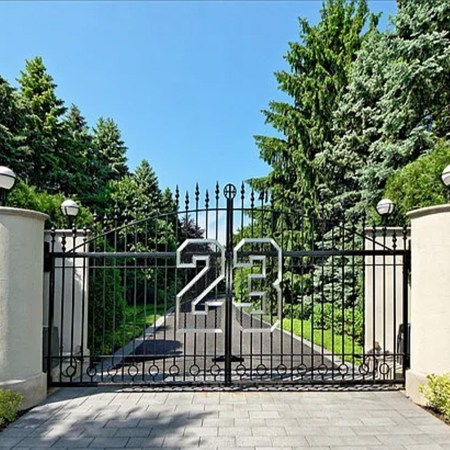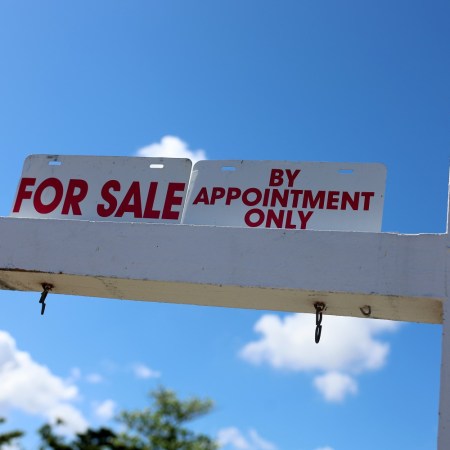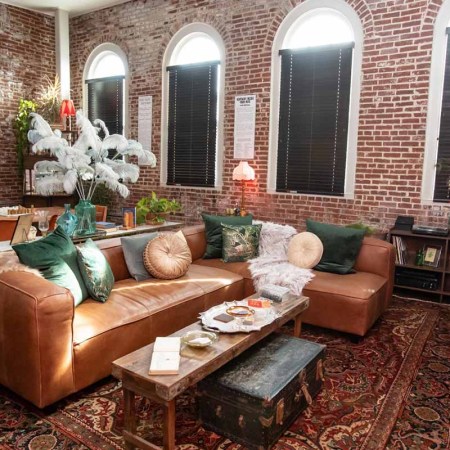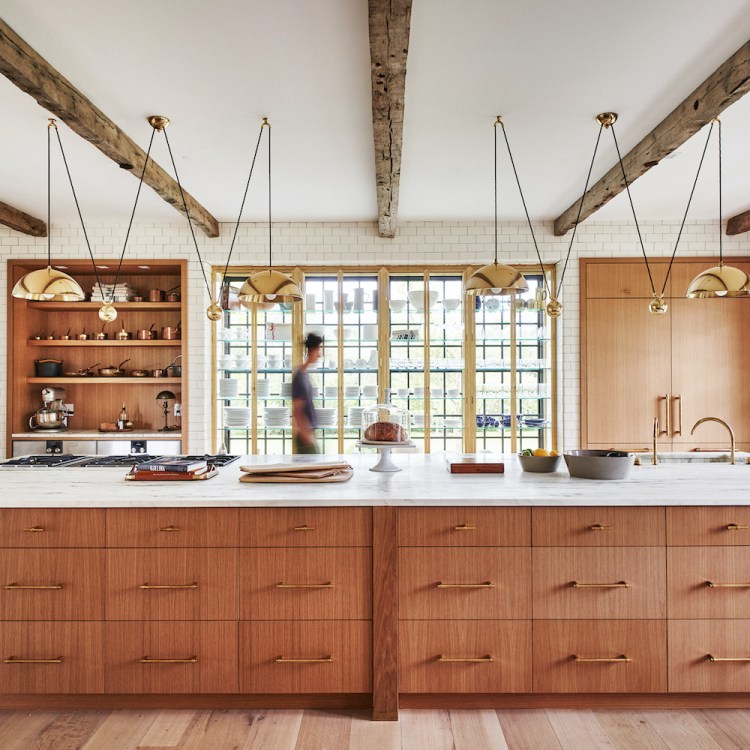Turns out you can leave the city and still lead a cosmopolitan lifestyle in 2019.
And your less-than-ideal salary may force you to make that move. That’s according to findings in Emerging Trends in Real Estate 2020, a collaboration between the auditing firm PwC and the non-profit Urban Land Institute.
Now in its 41st edition, the Emerging Trends forecast “provides an outlook on real estate investment and development trends, real estate finance and capital markets, property sectors, metropolitan areas, and other real estate issues throughout the United States and Canada.” The report was conducted via surveys and interviews with a range of industry experts (brokers, investors, developers, etc.).
While the word “static” was used several times within the report to describe housing and property trends (which is definitely not a bad word), there were some interesting predictions for the near future, including:
- Changes in home ownership in the 2020s may drop to levels “not seen since the 1930s and 1940s.”
- Extreme heat and climate change are rapidly changing real estate markets. One recent example: air-conditioning demand in Seattle is now at over 25 percent, up from 6 percent just a decade earlier.
- “We are building 90 percent of our housing for 10 percent of the households.” That disturbing quote from a lender suggests affordable housing is decreasing as construction costs are increasing and home prices are rising faster than incomes.
- Co-living arrangements are on the rise among those in their 20s and 30s … along with retirees (dubbed “Golden Girl” arrangements).
- The biggest trend is a shift toward “hipsturbias” — aka cool suburbs near large cities with good retail, food and recreation options, along with solid transit options. These live/work/play districts seem ideal for new families or young professionals priced out of larger metropolitan neighborhoods. Example cities include Tempe, AZ, Evanston, IL, Hoboken, NJ, and Santa Clara, CA.
“Suburbs are taking a chance on mixed-use, walkable, millennials-attracting development,” as one focus group member put it in the report, citing “hip” areas around Atlanta such as Decatur and Alpharetta.
Or, as PwC Real Estate Leader Byron Carlock told Forbes, “The trend started in Brooklyn and has spread to secondary cities. Fun and cool places can be created. It’s where real estate meets people, interests and amenities.”
Which is real-estate-agent speak for, “You can’t afford to live in this city, bub.”
This article was featured in the InsideHook newsletter. Sign up now.


















